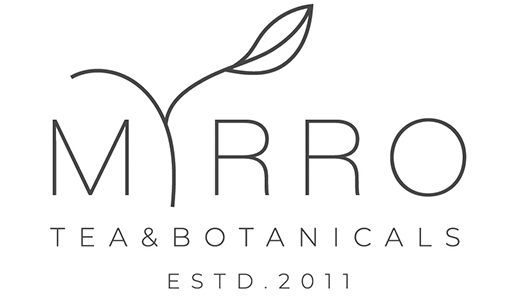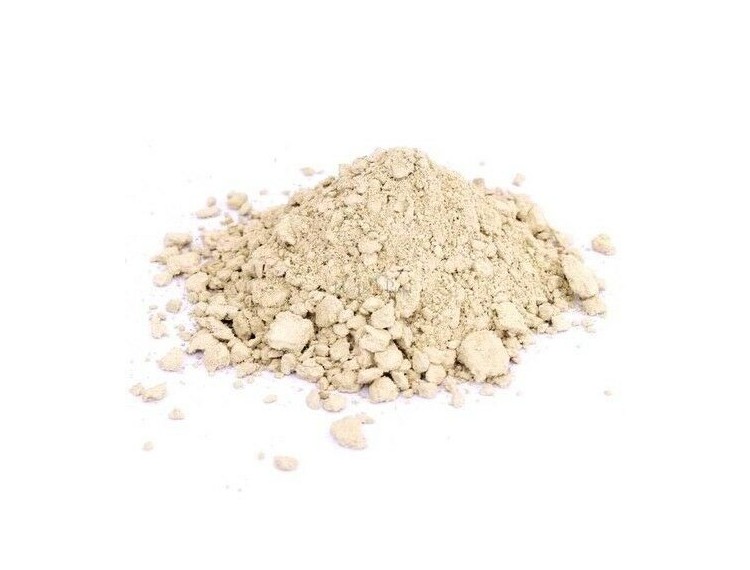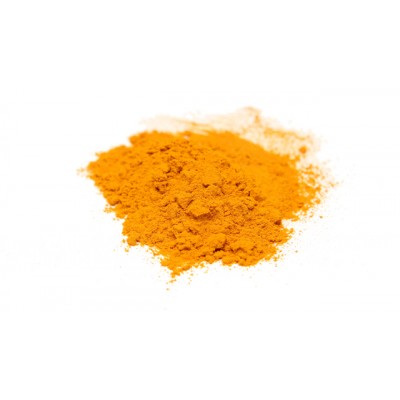λευκός κουρκουμάς ή ζεντοάρια
(€5.00 ανα 100 gr)
Zedoary or white turmeric is a rhizome with a thin brown skin and a bright orange, hard interior. It’s smell is similar to turmeric and mango. Because of the mango-like fragrance, zedoary is called amb halad in many Indian languages (amb means mango). It is sold as a powder (kentjur in Chinese shops), or dried and sliced with a gray surface with a yellow to gray-white interior. There are two types of zedoary sold in Indian markets – Curcuma zedoaria or ‘round’ which is small and fat like ginger, and Curcuma zerumbet, or ‘long’ which is long and slender like turmeric.
Zedoary is a rhizome with a thin brown skin and a bright orange, hard interior. It’s smell is similar to turmeric and mango. Because of the mango-like fragrance, zedoary is called amb halad in many Indian languages (amb means mango). It is sold as a powder (kentjur in Chinese shops), or dried and sliced with a gray surface with a yellow to gray-white interior. There are two types of zedoary sold in Indian markets – Curcuma zedoaria or ‘round’ which is small and fat like ginger, and Curcuma zerumbet, or ‘long’ which is long and slender like turmeric.
Bouquet: musky a gingerlike with camphorous undertones
Flavour: warm and ginger-like, slightly camphorous, with a bitter aftertaste.
Hotness: Warm
Medicinal Use
Zedoary is valued for its ability to purify the blood. It is an antiseptic and a paste applied locally to cuts and wounds helps healing. It is used as an aid to digestion and to relieve flatulence and colic. The starch, shoti, is easily digested and nutritious so is widely used as part of an Eastern regimen for the sick or for the very young.
Traditional Use
In the Indian kitchen zedoary is usually used fresh or pickled. It is used as a dried spice more in Indonesia where it is often used as an ingredient in curry powder, especially for seafood dishes. It may be pounded with turmeric or ginger to make a spice paste for lamb or chicken curries.
You might also like















































Grade Comments (0)